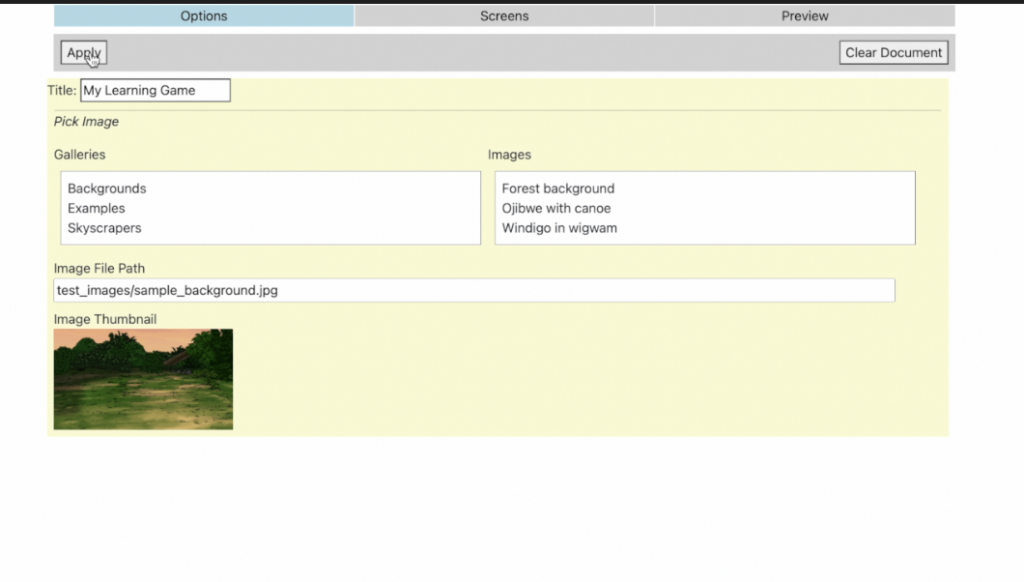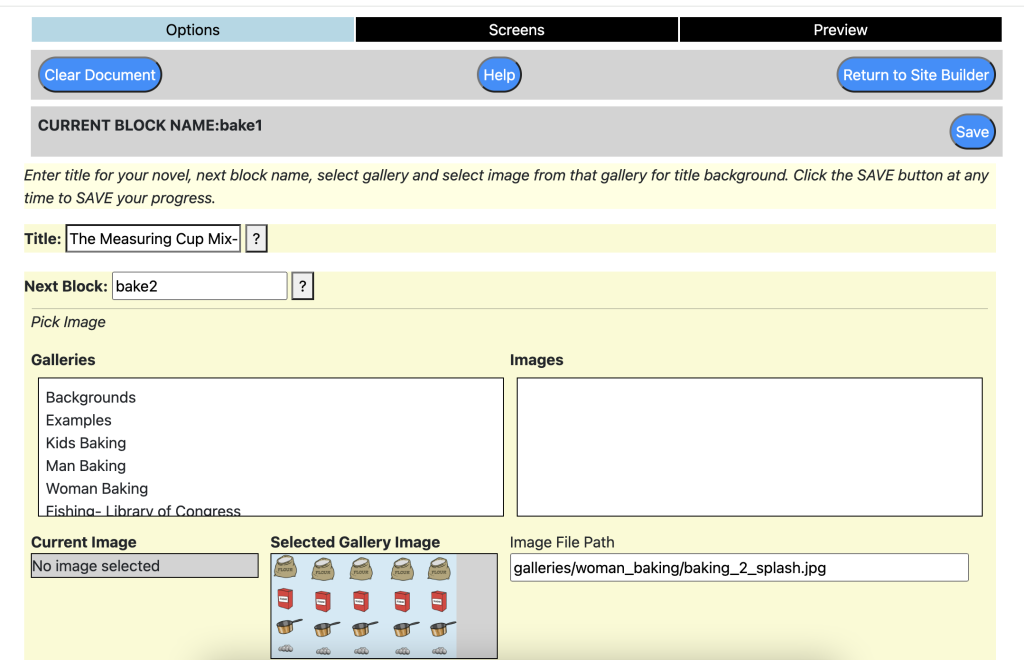We’ve all taken it, right? That “pop quiz” that a teacher inevitably gives in late middle school or high school that goes something like this. Your teacher hands out a test paper.
At the top, it says:
Directions: Read through the entire test before beginning. Then complete the test.
Then it launches into a series of numbered items.
They start out simply albeit somewhat random at first.
1. Write your name at the top of the test.
2. Name the capital of the United States.
3. What is 7×5?
4. Underline the verb in this sentence.
Then they get somewhat more random.
5. Draw boat on the ocean in the bottom of the page.
6. Circle every odd number in this list.
7. Tap your head three times.
You start to look around to see if everyone else thinks this test is weird and are met by mostly similar looks from you classmates who are all awkwardly tapping their heads, save for Sarah who has her head down the desk, which is weird because she’s usually the perfect student and Joey who is completely engrossed in drawing his boat scene.
You halfheartedly tap your head.
8. Draw an X in the northwestern corner of the paper.
You start to ask yourself is it “northwest like a textbook map where northwest is going to be in the upper left corner” or “northwest like which way is actually facing northwest at this moment and who even knows that, do I look like a compass?”
Next to you, Chris shouts, “I’m Chris, and I’m the first one to this question.” You notice that now more classmates have their heads on their desks, a few of them with slightly smug looks.
You cross off No. 9 where it says “9. Stand up and say ‘I’m [YOUR NAME], and the first one to this question.” Since you’re not the first.
At that point, two kids next you have gotten up and walked around their desk clockwise, as you look down and see:
10. “Get up and walk around your desk clockwise.”
It just keeps getting weirder, as you scan down the list.
11. Stand next to your desk and cluck like a chicken.
You skip down – and there – at the bottom:
15. Now that you have read through the entire test like the directions said, only do 1. Then sit quietly with your head on your desk and wait for the rest of the class to finish.
And while you feel slightly embarrassed for being caught not actually following the directions – albeit as you see a few classmates standing next to their desks clucking like chicken – you know you are not alone.
The reality is, despite the fact that we emphasize learning how to follow – and the importance of following – directions not long after birth, human nature seems to be to skip right into the doing.
This fact has been driven home to us at every stage and every level as we’ve built out 7 Generation Games and now our 7 Gen Blocks platform. When we were building out our own games for students, one of the early learnings was that directions needed to be obvious, repeated and easily accessible because students will rush by those faster than the buffalo you’re supposed to catch run across the screen in Making Camp Dakota.
However, as we’re all sitting here nodding and going, “Kids, these days…” the tendency to breeze past directions is certainly not limited to students.
Recently, as we were testing out an alpha/MVP version of our 7 Gen Blocks no-code platform, we did user testing with nearly two dozen folks who would be considered either educators or technologists. In this kind of testing, we specifically watched the users as they used the platform to how people interact with a new product. There is a well-known research study that found in software testing 85% of errors can typically be found in testing with just five users. We started with five, but AnnMaria couldn’t believe what she saw – and ever the statistician – decided we needed a larger data set.
Much to AnnMaria’s chagrin after spending days writing up detailed and very valuable “How to Use” instructions from almost every possible element of the Blocks platform, only 1 person actually read the directions (and to be honest, it was more “skimming”). Everyone else, just dove right in.
Understanding this behavior, led to several major modifications to the site to improve the user experience, in part by accounting for the fact that the user will spend very little, if any, time reading instructions.


It was a very useful reminder to us that even though we give people instructions to do something – and even test their ability to do that – when it comes to real world practice, that’s a whole different story.


